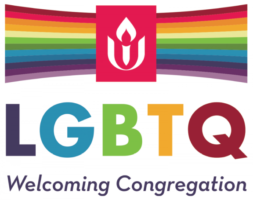FUUSM is currently in gear-up mode while we await further developments. Twenty-two congregants have signed up to help with meals and other needs when and if we are needed.
We have gleaned more information from a Sept. 17 article in Nemasket Week. Middleboro is one of 80 MA municipalities where refugees are housed, most but not all from Haiti. About half are children. Massachusetts’ right-to-shelter law has been in effect since 1983.
“‘To be eligible for assistance at all, families must be here with the knowledge and consent of federal immigration authorities,’ according to Kevin Connor, press secretary for Housing and Livable Communities. At least one member of the family must be a citizen; a non-citizen with a “green card,” meaning they are admitted for permanent residence; or a non-citizen “permanently residing under color of law,” which often means that the resident has applied for asylum in the US… The vast majority are in the last category, according to Olivia James, communications manager with the Executive Office of Health and Human Services.”
“All families and pregnant women eligible for shelter are in the country legally, according to the [Executive Office of Housing and Living Communities], despite signs from recent protests In Fairhaven that called the new residents ‘illegal immigrants.”
“Many of [the refugees] are fleeing gang violence and/or state instability…Haiti, in the wake of several natural disasters over the past two decades, is ‘descending into a catastrophic spiral of violence,’ according to an April 2023 assessment by the United Nations, and ‘gang violence is expanding at an alarming rate in areas previously considered relatively safe.'”
“The next steps for migrants housed in temporary shelters? Finding a job…Adults will need to obtain work authorization, learn English and work with MassHire, the state’s employment and training service, to find a position. School districts will receive emergency aid for transportation, enrollment and other costs, at a rate of $104 per student per day, according to the office of Housing and Livable Communities.”

